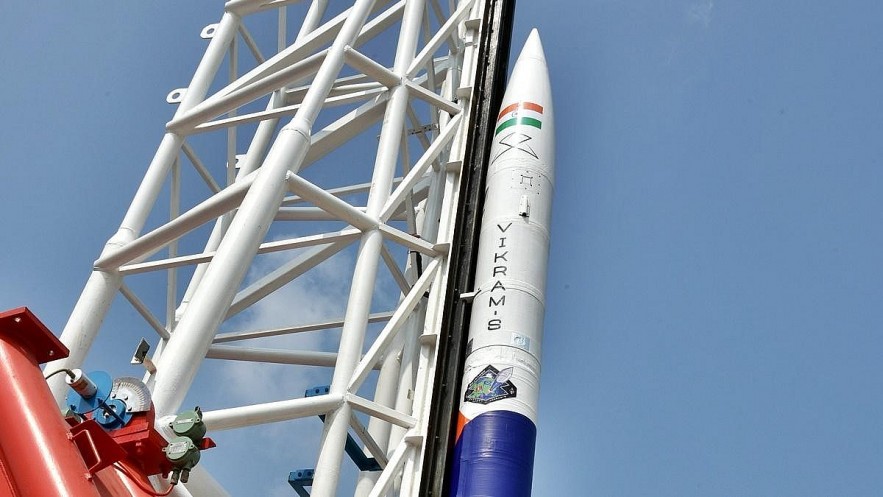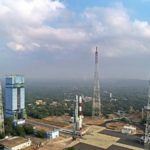Vikram-S, India’s first privately developed rocket, will be launched by the Indian Space Research Organisation (ISRO) from its spaceport in Sriharikota, about 115 kms from Chennai, at 11:30 am 18 Nov.
 |
Here are the top 10 updates on this story:
1. Developed by four-year-old startup Skyroot Aerospace, the launch of the rocket would mark the foray of private sector into the country’s space industry. The space sector was opened to private players by the Centre in 2020.
2. Titled ‘Prarambh’ (the beginning), the mission would carry three payloads built by Andhra Pradesh-based N Space Tech India, Chennai-based startup Space Kids and Armenian BazoomQ Space Research Lab, Skyroot Aerospace said in a statement.
3. Vikram-S will soar to an altitude of 81 km after its launch and splash down in less than five minutes. The launch vehicle has been named after Vikram Sarabhai, the father of Indian Space programme.
4. The rocket is one of the world’s first few all-composite rockets that has 3-D printed solid thrusters for spin stability of the launch vehicle, according to news agency PTI.
5. The rocket launch is expected to demonstrate flight proving of avionics systems in Vikram series like telemetry, Global Positioning System, on-board camera, data acquisition and power systems.
6. Skyroot Aerospace has raised ₹ 526 crore capital so far. The company aims to “open space for all” and is working towards a future where “space becomes part of us”.
7. Calling this a “major milestone”, Dr Pawan K Goenka, Chairman of Indian National Space Promotion and Authorisation Center (IN-SPACE) said: “Already 150 private players have applied to be in the space of launch vehicle, satellites, payload and ground stations”.
8. Asked whether private players would carry public interest missions or just focus on commercial interests, Mr Goenka argued “projects of commercial interest too are in public interest and of course they would always have a commercial angle”.
9. According to reports, the mission would be launched from the propulsion centre where sounding rockets were used by ISRO. “This is a small rocket and instead of those big ones, this centre were sounding rockets were used by ISRO will be used tomorrow,” an official told PTI.
10. The Vikram-S launch vehicle is expected to place the payloads in about 500 kms low inclination orbit. The technology architecture of the launch vehicle Vikram offers unique capabilities like multi-orbit insertion, interplanetary missions, while providing customised, dedicated and ride share options covering a wide spectrum of small satellite customer needs, the company said.
India’s space journey praised as ISRO’s Aditya-L1 reaches Halo orbit
In a momentous achievement in the field of science, the Indian Space Research Organisation (ISRO) successfully placed the Aditya-L1 spacecraft, the inaugural solar-focused mission, into its designated orbit on Saturday.








